How the Duce tried to take over southern France
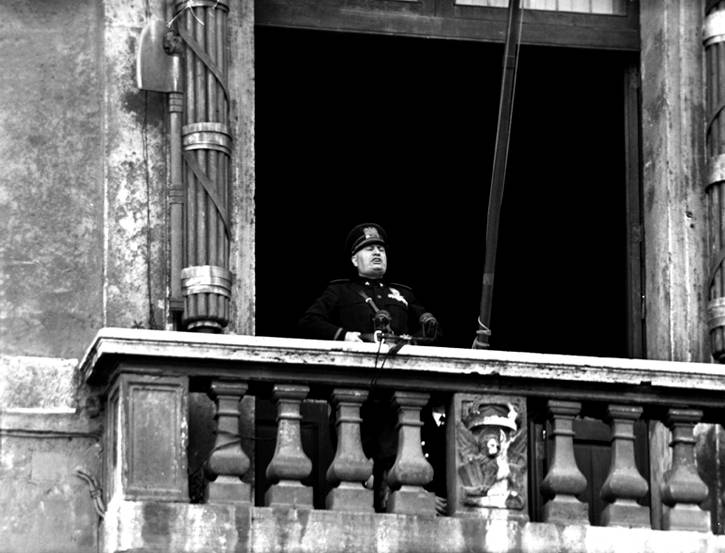
80 years ago, on June 10, 1940, Italy declared war on France and Great Britain. Mussolini was afraid to be late for the division of the "French pie", which he promised a quick victory of Germany in France.
Italian empire
By the beginning of the new world war, Italian fascism set as its goal the creation of a great colonial Italian empire, following the example of ancient Rome. The sphere of influence of the Italian empire was supposed to include the basins of the Mediterranean, Adriatic and Red Seas, their coast and lands in North and East Africa.
Thus, Mussolini dreamed of capturing the western part of the Balkan Peninsula (Albania, Greece, part of Yugoslavia), a significant part of the Middle East - the territories of Turkey, Syria, Palestine, all of North Africa with Egypt, Libya, French Tunisia, Algeria and Morocco. In East Africa, Italy claimed Abyssinia-Ethiopia (in 1935-1936 the Italian army occupied Ethiopia) and Somalia. In Western Europe, Italians planned to include the southern part of France and part of Spain in their empire.
Duce waited until France was on the verge of total defeat. By this time, little was left of the French front. Germanic tank the divisions broke it, several "boilers" arose. Smaller than in Dunkirk, but also large. Numerous garrisons of the Maginot line fortifications were blocked. On June 9, the Germans occupied Rouen. On June 10, the French government of Raynaud fled from Paris to Tours, then to Bordeaux, and essentially lost control of the country.
Up to this point, the Italian leader was frankly afraid to enter the war. He, in fact, supported the position of most of the German generals, who feared a war with France and Great Britain. Hitler’s game looked really risky. However, the Fuhrer’s brilliant and seemingly easy victories in Holland, Belgium and Northern France drove the Duce out of the chosen line, provoked a burning jealousy for the success of the Reich. Dunker operation showed that the outcome of the war is certain. And Mussolini twitched, wanted to cling to the victory, the section of the "French pie". He turned to Hitler, said that Italy was ready to oppose France.
Hitler, of course, understood the whole background of Duce politics. But he used to look condescendingly on his partner’s weakness. He did not offend, expressed his joy that Italy was finally showing a military fraternity. He even suggested joining the war later, when the French were finally crushed. However, Mussolini was in a hurry, he wanted military laurels. As the Duce himself said to the Chief of the General Staff of Italy, Marshal Badoglio: "I need only a few thousand killed to sit at the table of the peace conference as a participant in the war." Mussolini did not think about the prospects of a possible longer war (including the war with England), for which Italy was not ready.
Readiness for war
Italy concentrated against France the army group “West” under the command of the heir to the throne, Prince Umberto of Savoy. The army group included the 4th Army, which occupied the northern sector of the front from Monte Rosa to Mont Granero, and the 1st Army, which stood on the section from Mont Granero to the sea. In total, Italians initially put up 22 divisions (18 infantry and 4 alpine) - 325 thousand people, about 6 thousand guns and mortars. In the future, the Italians planned to introduce the 7th Army and separate tank divisions into the battle. This increased Italian forces to 32 divisions. The 6th Army was also formed in the rear. The Italian Air Force numbered over 3400 aircraft; against France, they could deploy more than 1800 combat vehicles.
The Italians resisted the French Alpine army under the command of Rene Olry. The French were significantly inferior to the Italian group, having only 6 divisions, about 175 thousand people. However, the French troops occupied advantageous, well-equipped engineering positions. The Alpine line (a continuation of the Maginot line) was a serious obstacle. Also in the French army there were dozens of reconnaissance detachments, selected troops prepared for a mountain war, trained in rock climbing and had the corresponding ammunition. The Italian divisions, concentrated in narrow mountain valleys, could not turn around, bypass the enemy and use their numerical superiority.
The Italian army was worse in quality than the French, in fighting spirit and material and technical units. Even the First World War showed the low fighting qualities of the Italian soldier and officers. There were no significant changes to World War II. Fascist propaganda created the image of an “invincible” army, but it was an illusion. Even before the war, in the spring of 1939, the German General Staff compiled a comprehensive report on "the limits of the capabilities of the Italian empire in the war," which outlined the weaknesses of the Italian troops. The Führer even ordered the removal of this document from headquarters so as not to undermine the credibility of the partner in the military-political alliance.
Italy was poorly prepared for war. By the beginning of the invasion of France, Italy had mobilized 1,5 million people, formed 73 divisions. However, only about 20 divisions were brought up to 70% of the wartime states, another 20 divisions - up to 50%. The divisions were weakened, two-regiment (7 thousand people), the number of artillery was also reduced. The Italian division was weaker than the French in training personnel, strength, weapons and equipment. The troops lacked weapons and equipment. The Italian army was notable for low mechanization. Not enough tank units. Only a few divisions could be called motorized and tank. However, there were no full-fledged motorized or tank divisions, such as those of Germany or the USSR. The mobile units were armed with obsolete Carro CV3 / 33 wedges armed with two machine guns and bulletproof armor. There were very few new M11 / 39 medium tanks. At the same time, this tank had weak armor, weak and outdated weapons - a 37-mm gun.
The technical equipment of the Italian army was hindered by the relatively low level of development of the military industry and the lack of funds (there were many plans, and finances “sang romances”). The army lacked anti-tank and anti-aircraft weapons. Mussolini repeatedly asked Hitler to send him various weapons, including 88-mm anti-aircraft guns. The artillery as a whole was outdated, a significant part of the guns has survived since the First World War. Mussolini Air Force attached great importance. Aviation totaled a large number of aircraft, but most of them were outdated types. Italian pilots had high morale and were ready for war. The quality of the infantry was low, the non-commissioned officer corps was small and carried out mainly administrative and business functions. A significant part of the young officers consisted of reserve officers with minimal training. There were not enough staff officers.
The fleet was best prepared for war: 8 battleships, 20 cruisers, over 50 destroyers, over 60 destroyers and more than 100 submarines. Such Navy, with the employment of the British in other theaters, could well achieve dominance in the Mediterranean Sea. However and navy there were serious flaws. In particular, the shortcomings of combat training (the fleet neglected training in conducting combat operations at night); strong centralization of management, stifling the initiative of the middle and lower command staff; lack of aircraft carriers, poor interaction between the fleet and coastal aviation, etc. A serious problem of the Italian fleet was the chronic lack of fuel. This problem was solved with the help of Germany.
Thus, the Italian armed forces were suitable for the political bluff of the Duce. But in terms of the quality of their command, morale and training, material and technical equipment, the Italian troops were seriously inferior to the enemy.
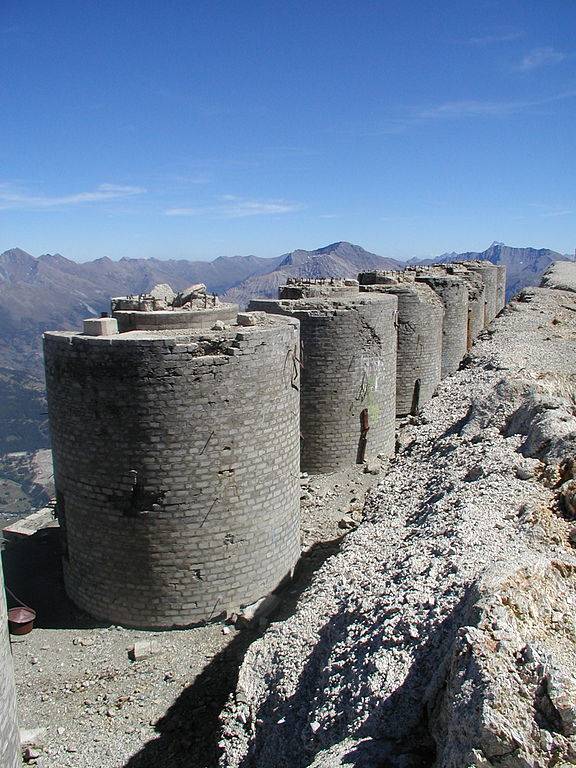
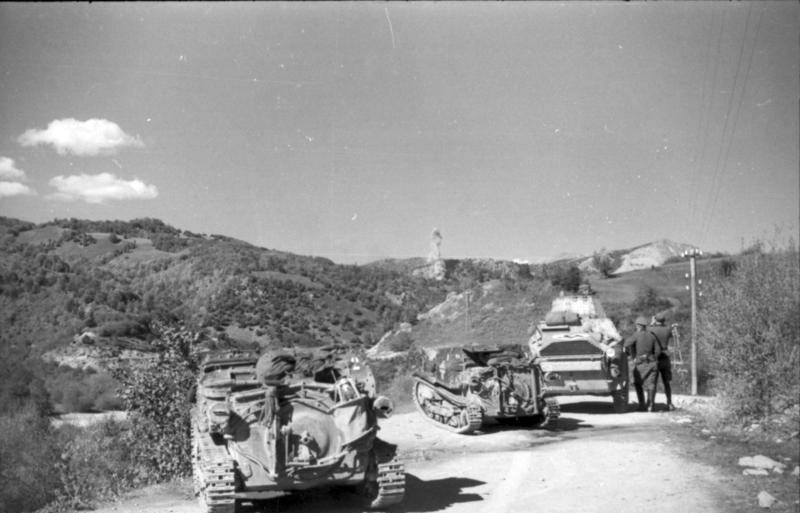
The fighting. Italian occupation zone
Initially, the Allies in the Alps planned to attack. However, at the end of 1939, Olry’s army was reduced, her mobile units were sent north, to the German front. Therefore, the army had to defend itself. At the end of May 1940, the Anglo-French Supreme Military Council decided that if Italy launched a war, then the Air Force would strike at naval bases and industrial and oil-related centers in Northern Italy. The Allies wanted to lure the Italian fleet into the open sea and defeat him. However, as soon as Italy entered the war, the Supreme Council of the Allies, in connection with a general catastrophe, refused any offensive action against the Italians.
The Italian command initially also abandoned the active operations of the ground forces. The Italians waited for the French front to finally collapse under pressure from the Germans. Italian aviation only raided Malta, Corsica, Bizerte (Tunisia), Toulon, Marseille and some important airfields. A limited number of machines were used in operations. In response, the French fleet shelled the industrial area of Genoa. British aviation bombed oil reserves in the Venice area and industrial facilities of Genoa. The French from bases in North Africa bombed targets in Sicily. On the Alpine line, ground forces carried out artillery firefighting, there were minor skirmishes of patrols. That is, the first time there was a "strange war." The Italian army did not want a full assault on enemy positions, which could lead to serious losses.
On June 17, the new French government of Petain asked Hitler for a truce. A French armistice proposal was sent to Italy. Petain spoke on the radio to the people and the army with an appeal "to end the struggle." Having received a proposal for a truce, the Fuhrer was in no hurry to accept this proposal. First, the Germans planned to use the collapse of the French front to occupy as many territories as possible. Secondly, it was necessary to resolve the issue of territorial claims of the Duce. The Italian Foreign Minister, Ciano, handed over a memo in which Italy claimed in the territory up to the Rhone River. That is, the Italians wanted to get Nice, Toulon, Lyon, Valence, Avignon, to gain control of Corsica, Tunisia, French Somalia, naval bases in Algeria and Morocco (Algeria, Mers el-Kebir, Casablanca. Italy was also to receive part of the French navy, aviation, weapons, transport. The Duce had no fool. In fact, if Hitler had agreed to these claims, then Mussolini would gain control of the Mediterranean basin.
Hitler did not want such an ally gain. In addition, Germany already put France in a humiliating position, now a new humiliation could follow. Italy did not defeat France to set such conditions. The Führer believed that at this moment it would be inappropriate to present the “excessive” demands to the French. The French armed forces in the metropolis were crushed at that moment. However, the French still had a huge colonial empire with enormous material and human resources. The Germans did not have the opportunity to immediately seize the overseas possessions of France. The French could create a government in exile, continue the struggle. A strong French fleet would have left its bases in France and would have come under British command. The war would take a protracted character, dangerous to the Reich. Hitler planned to end the war in the West as soon as possible.
To prove his worth and viability to the Germans, on June 19, Mussolini ordered a decisive offensive to begin. On June 20, Italian troops in the Alps launched a general offensive. But the French met the enemy with strong fire and kept the line of defense in the Alps. The Italians had little advance only in the southern sector of the front in the Menton region. Mussolini was furious that his army could not capture a large chunk of France by the start of the peace negotiations. I even wanted to drop an airborne assault (regiment of alpine shooters) in the Lyon area. But the German command did not support this idea, and the Duce refused it. As a result, 32 Italian divisions could not break the resistance of about 6 French divisions. The Italians have proven their reputation as bad soldiers. True, they did not particularly try. Losses of the parties were small. The French lost about 280 people on the Italian front, the Italians - over 3800 (including more than 600 killed).
On June 22, 1940, France signed a truce with Germany. On June 23, the French delegation arrived in Rome. On June 24, the Franco-Italian Armistice Agreement was signed. The Italians, under the pressure of Hitler, abandoned the original requirements. The Italian zone of occupation was an area of 832 square meters. km and had a population of 28,5 thousand people. Savoy, Menton, part of the Alps, moved to Italy. A 50-kilometer demilitarized zone was also created on the French border. The French disarmed the bases in Toulon, Bizerte, Ajaccio (Corsica), Oran (port in Algeria), some zones in Algeria, Tunisia and French Somalia.
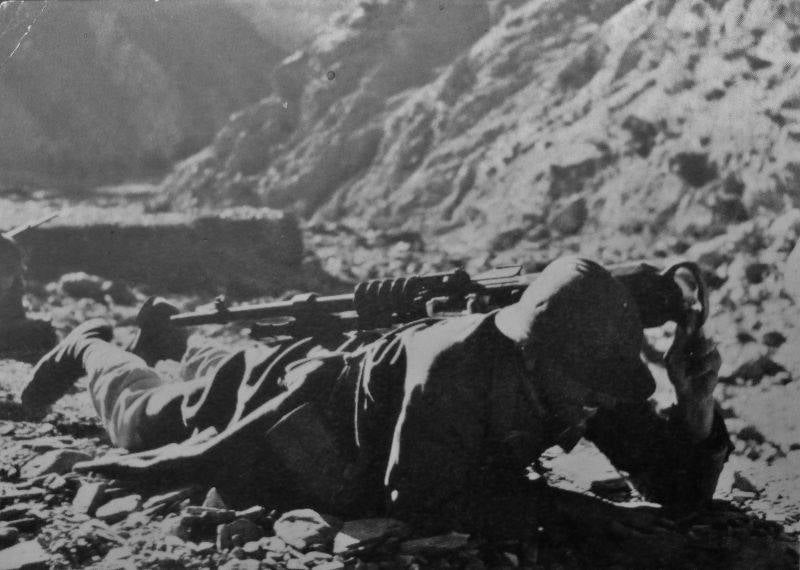
- Alexander Samsonov
- https://ru.wikipedia.org/, http://waralbum.ru/
- Blitzkrieg in the West
Blitzkrieg in the West. How the Holland, Belgium and France fell
Psychological warfare. How the Germans stormed the "Holland Fortress"
Capture of Eben-Enamel. The assault on Belgium
Tank Battle of Annu
Hitler's “Stop Order”. Why German tanks did not crush the British army
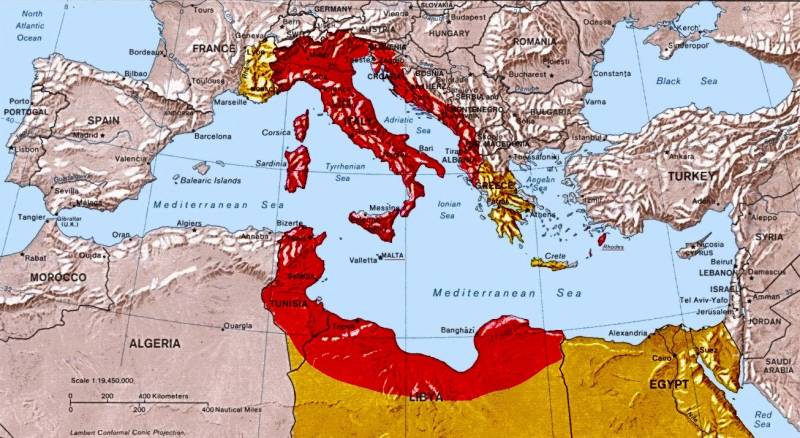
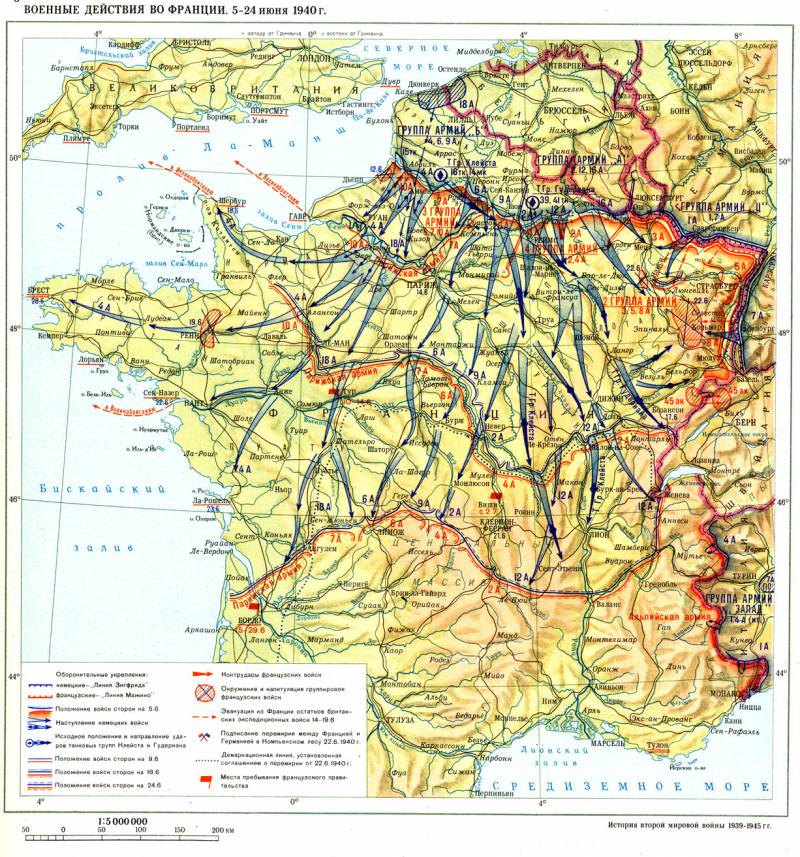
Information